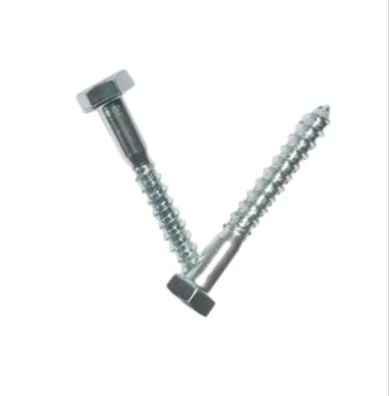Nov . 18, 2024 12:47 Back to list
Standard Washer Dimensions for Various Bolt Sizes and Applications
Understanding Standard Washer Sizes for Bolts
When it comes to fastening components in mechanical assemblies, washers play a crucial role. These disc-shaped pieces, typically made of metal or plastic, are placed under the head of a bolt or nut to distribute load, prevent damage to the surface being fastened, and act as a spacer. Understanding standard washer sizes for bolts is essential for engineers, builders, and DIY enthusiasts alike, as it ensures proper fit and function in various applications.
Importance of Washers
Washers serve multiple purposes, including load distribution, preventing loosening due to vibration, and protecting the surface of materials from corrosion or wear. In projects where the integrity of the joint is critical, using the correct washer size is vital. An improperly sized washer can compromise the performance of the threaded assembly, leading to potential failures.
Standard Washer Sizes
Washers are manufactured in various sizes to accommodate different bolt and nut dimensions. The sizes are usually categorized based on the diameter of the bolt they are intended to fit. Below is a brief overview of common standard washer sizes in the United States, measured in inches
- Type A (flat washer) This is the most common type of washer. For example, a washer designed for a 1/4-inch bolt typically has an outer diameter of about 0.625 inches and a thickness of around 0.05 inches. - Type B (flat washer) Similar to Type A but with slightly different thicknesses, designed for enhanced load distribution. - Type F (fender washer) These have a larger outer diameter compared to standard washers, providing more surface area to distribute the load. A fender washer for a 3/8-inch bolt can have an outer diameter as large as 1.25 inches. - Lock washers These washers are designed to prevent loosening under vibration and come in various sizes suitable for different bolts, such as split lock washers and tooth lock washers.
Metric Sizes
standard washer sizes for bolts

For applications using metric fasteners, washers also have standardized sizes. For instance, a washer for an M8 bolt typically has an inner diameter of 8mm and an outer diameter ranging from 16mm to 20mm, depending on thickness specifications.
Material Considerations
Washers are made from various materials, including stainless steel, carbon steel, and plastic, depending on the application’s requirements. Stainless steel washers are often used in corrosive environments, whereas plastic washers are suitable for electrical applications to prevent conductivity.
Choosing the Right Washer
Selecting the appropriate washer size involves understanding the bolt size, application type, and the environment in which the assembly will be used. It is also critical to consider the load requirements and potential exposure to chemicals or moisture. When in doubt, consulting the standards set by organizations such as the American National Standards Institute (ANSI) or the International Organization for Standardization (ISO) can provide guidance.
Conclusion
In conclusion, understanding standard washer sizes is an integral part of any fastening operation. Whether you are engaged in a professional engineering task or a home improvement project, using the correct washer size ensures better load distribution, longevity of joints, and overall assembly integrity. By considering factors such as bolt size, material choice, and environmental conditions, you can make informed decisions that enhance the safety and reliability of your projects. Always remember, the right washer can make all the difference in achieving a successful and durable fastening solution.


